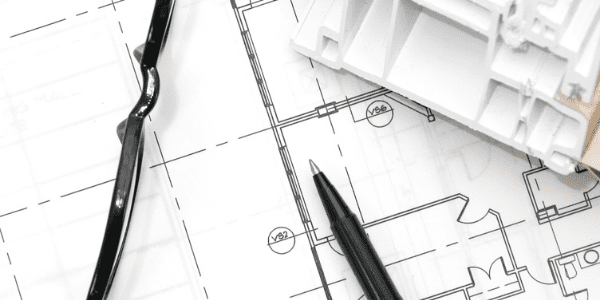
Frequently an HVAC design for a new building hastily employs an energy recovery ventilator as a “silver bullet” for trimming energy waste, when it is not a good investment. The examples and graph illustrate how the wrong application, the wrong control, or the wrong equipment can conspire to make an ERV a bad investment-or more costly than not having one at all. Note in the graph that heat savings relative to increased fan costs can be “all over the map” depending on the situation.
1. Idle equipment does not recover its investment: An air handling unit (AHU) installed in an office building would ventilate only about 28% of the time. In a hospital, it would ventilate around-the-clock all year. In a school, ventilation is curtailed during the summer. For a given system, the capital cost might be the same in each case. Which scenario do you think would pay back most quickly?
2. Usually, it is advantageous to control ventilation based on occupancy OR recover heat from exhaust air-but not both: Controls that reduce ventilation in unoccupied or lightly occupied spaces would starve the exhaust volume and its potential for tempering fresh air.
3. Capture scattered zone exhaust: Heat recovery is easiest to implement where exhaust/relief are ducted together–preferably near the AHU to facilitate interaction with the incoming airstream (sensible heat can be piped via a “run-around loop”).
4. Buildings with lots of heat from lights and equipment will economize even when it’s cold outside, and will bypass the ERV: See #1.
5. In existing buildings you usually can’t benefit from reducing your system’s heating/cooling capacity: In a new building, however, you may be able to fund an ERV by installing smaller heating and cooling equipment.
6. Control the ERV to minimize excessive fan operating costs: Minimize fan power cost by turning off ERV fans or bypassing the ERV when heat recovery is not needed. The unit’s capacity should be controlled so that incoming air is not overheated.
7. In geographic regions where temperatures vary little from interior comfort conditions (e.g. the Northwest), there will be few demands for the ERV’s services. See #1.
8. Where exhaust air may not contaminate fresh air (hospital) or exhaust air is contaminated by dust or grease (kitchen) heat recovery options may be limited or restricted.
The increased fan energy consumption in this application is always significant and in some scenarios it is excessive, relative to savings. A clinic is essentially an office building for healthcare. As such, it does not require a lot of ventilation. Given this small ventilation requirement in a cold climate, the unit will bring in extra outdoor air much of the year for free cooling. Every hour of free cooling is a wasted hour for heat recovery per #4.
If you are gunning for LEED certification with all the design bells and whistles, be sure to verify with the energy modeler that any energy recovery is making a substantial positive impact–or save a bunch of money for construction.





